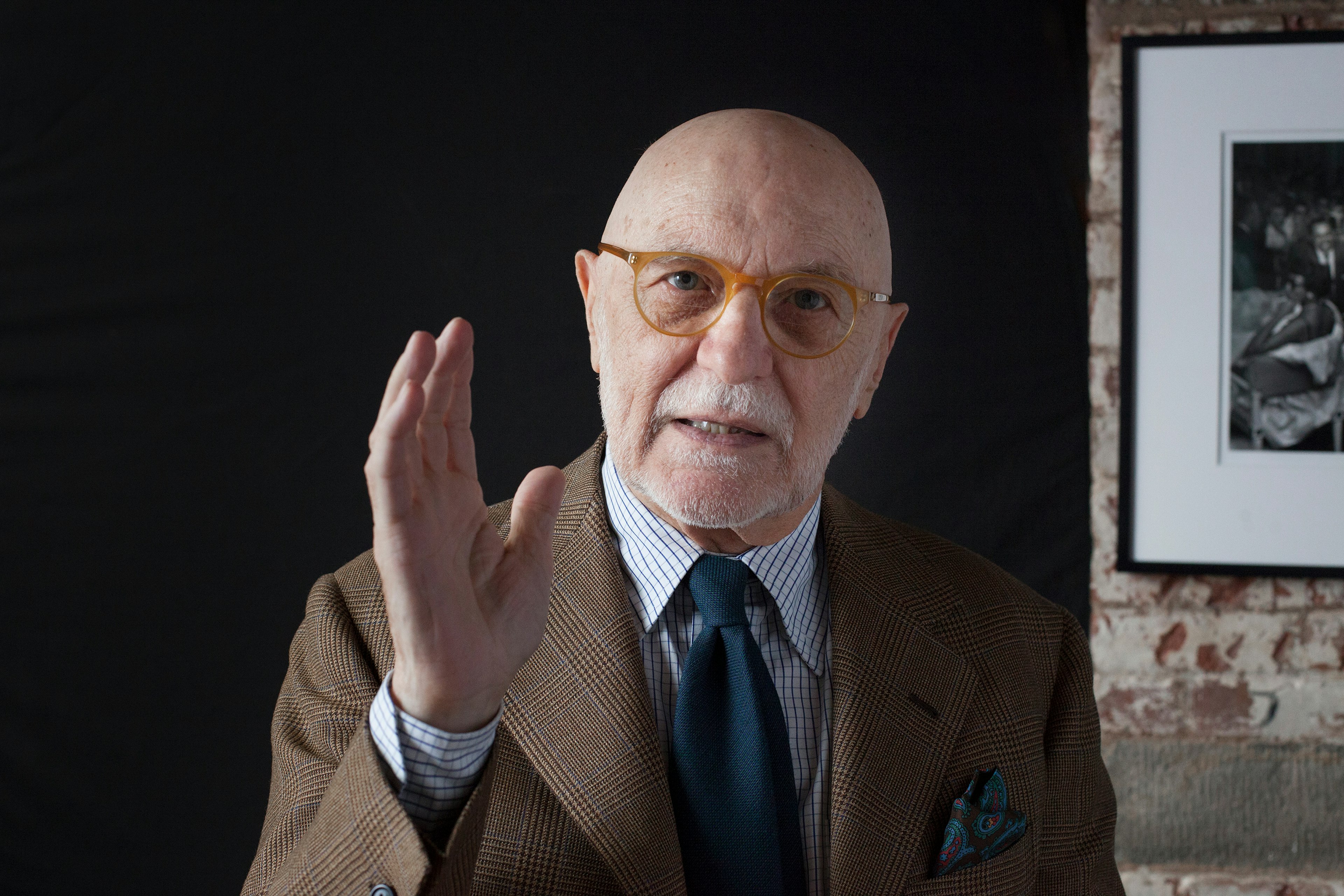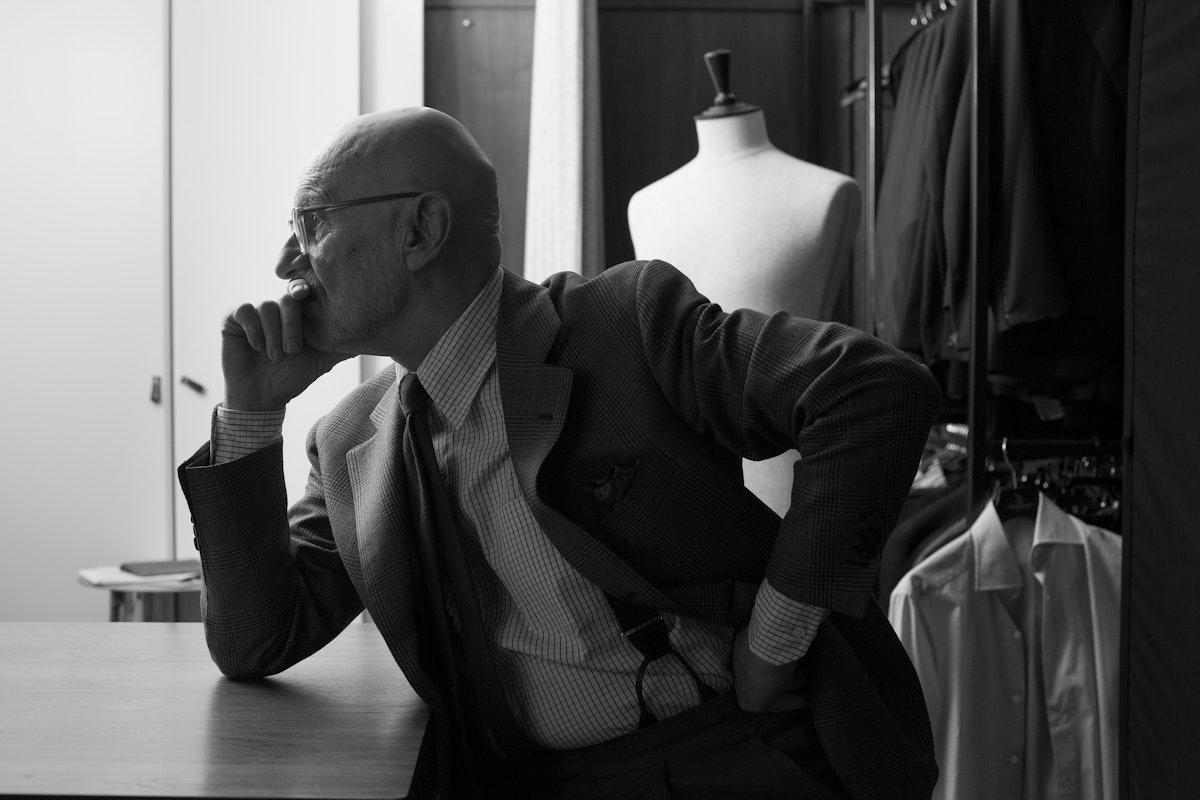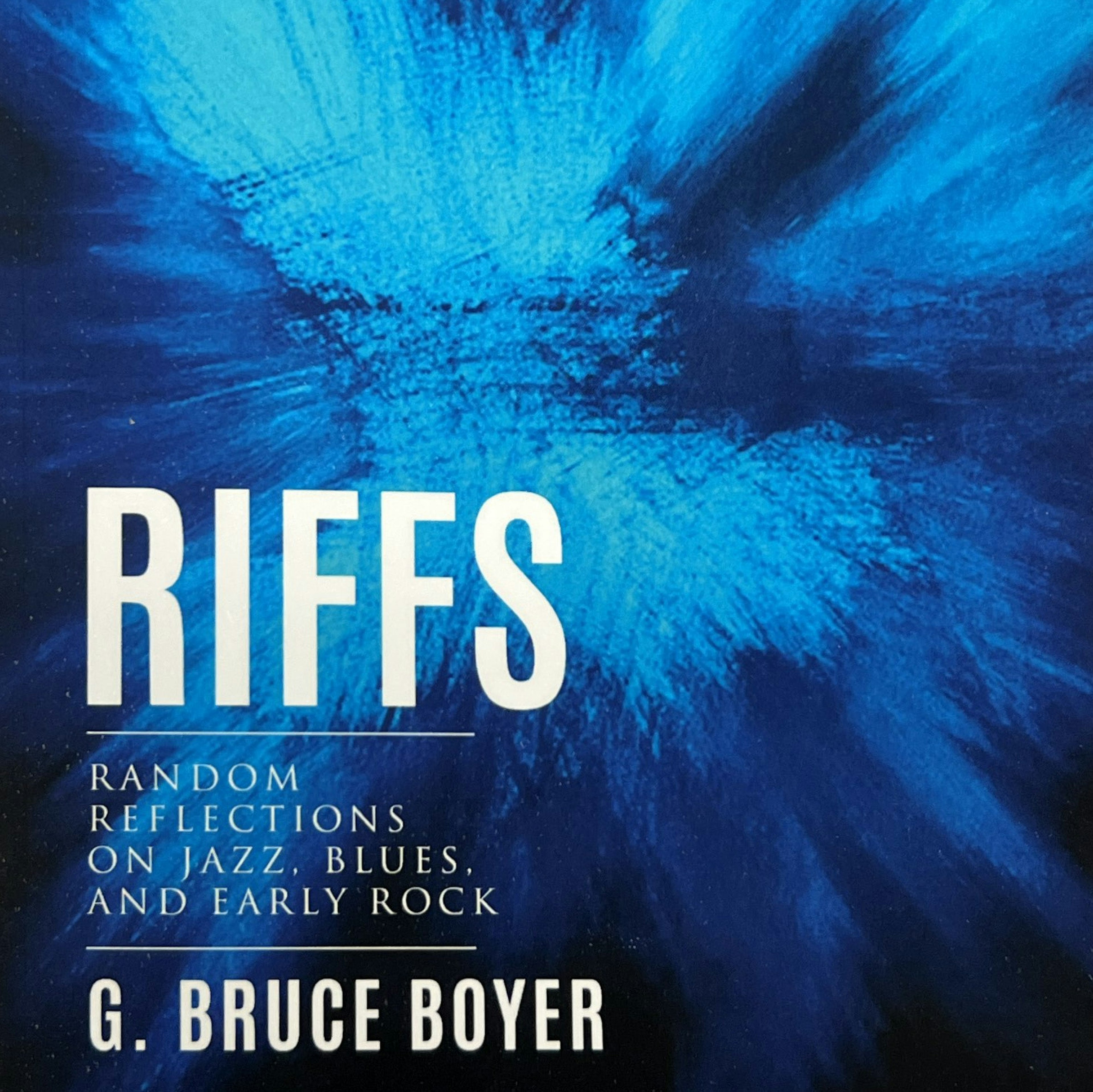
Menswear authority, writer, editor & friend of The Armoury Bruce Boyer gives us his ten favorite fashion books.


Before we get started I want to make two points. First, and this is in the spirit of full disclosure you understand, I do occasionally go back and take another look at the books I’ve done on clothing, and find that my efforts in the field seem to hold up decently. And that’s about as much as I want to say about that here.
Second, my favorite books about men’s clothing aren’t the thick, heavily illustrated ones, you know, the ones that come with wheels and a handle, or the shopping guides (I know all too well where to shop, and I’m not a salesman). Both are useful, but the ones I want to tug your sleeve about are volumes that discuss the history and meaning of clothing. I prefer them to be scholarly but readable, two concepts that rarely go together because most scholars are too caught up in jargon to write well, and many popular writers often ignore the research. The following books are written by authors who are both academically sound yet decidedly approachable. They’ve done their homework thoroughly and present their views in a completely readable way. I’ll try to cover the illustrated tomes at a later date.
So, in cowardly alphabetical order, onwards and upwards:
Christopher Breward, The Suit: Form, Function & Style.
Breward is one of the half dozen top academic scholars in the field, with credentials to the ceiling, having thus far written widely for academic journals and published more than a dozen books. This volume is written not so much for the in-field scholar as much as it’s to provide a readable history for the intelligent amateur.
C. Willett Cunnington and Phillis Cunnington, Handbook of English Costume in the 19th Century.
A wealth of information by the two scholars’ pioneering series (this is the fifth of six volumes), this is an indispensable research tool, complete with index, glossary, and list of sources, to the period for all aspects of men’s and women’s clothing, hair styles, jewelry, and accessories. And just good fun to open anywhere and read a section or two.
Thomas Girtin, Makers of Distinction.
A classic, perhaps the most beautiful tribute to craftsmanship you’ll ever read. Girtin writes lovingly of the men and women who provided prestige goods to men in the Victorian era and into the 20th Century. He gives us an endearing portrait of how these craftsmen accoutered a gentleman, how his sporting equipment should be made, and comments on the changes in taste and behavior of the clients they served. A peepshow into an almost lost world of craft as art.
Anne Hollander, Seeing Through Clothes.
Maybe the most fascinating and provocative book about clothes. Hollander examines the relationship and influence between the artistic representation of clothes and how we’ve actually worn them throughout Western History, and how each has affected each. You’ll never look at paintings of people the same way again.
David Kuchta, The Three-Piece Suit and Modern Masculinity: England, 1550-1850.
An up-to-the-eyebrows annotated but readable history of the birth and progress of the modern suit up to the Victorian Age [ A study by Brent Shannon brings the story to 1914; see below]. What’s so encouraging about this book (and Shannon’s) is that there’s a narrative arch that takes into account the forces of politics, economics, and commerce on fashion and puts the subject into its broader context.
W. David Marx. Ametora: How Japan Saved American Style.
David Marx is an American who lives in Tokyo, which gives him the perfect perspective and opportunity to understand the history of how post-World War II American clothes were assimilated into an Asian country, and in the process re-shaped not only Japanese culture, but ours as well. Very illuminating.
Ellen Moers. The Dandy: Brummell to Beerbohm.
There are many books on the subject of the dandy, quite a few published quite recently, but Moers’ study is still the essential bedrock on which all subsequent considerations are based. Concentrating first on Regency England and post-revolutionary France, Moers traces the modern history through literature and important men of the age: Beau Brummell, Disraeli, Count D’Orsay, Charles Dickens, Baudelaire, and finally Oscar Wilde and Max Beerbohm.
Philippe Perrot. Fashioning the Bourgeoisie: A History of Clothing in the Nineteenth Century.
This is social history at its best. Perrot tells the amazing story of a culture’s sociology, in this case France, through its garments, in what is now called the “New French” approach to history: accumulating the specifics to get to the general. The rise of ready-made clothes, the department store, and the fashion industry are all here amidst the revolution of class warfare and the rise of Paris as the fashion capitol of the world.
Brent Shannon. The Cut of His Coat: Men, Dress, and Consumer Culture in Britain 1860-1914.
Shannon brings the narrative of men’s clothing in Britain started by David Kuchta (see above) up to the 20th Century, focusing on the rise of consumerism and fashion during the Victorian and Edwardian ages. There are also fascinating discussions of the rise of Middle-Class taste and the psychology of masculinity, concerns very much with us today.
Thorstein Veblen. The Theory of the Leisure Class.
Veblen’s master work of economic theory was first published in 1899, and is as worth reading as ever. His theory of conspicuous consumption and dress as the best example of pecuniary culture remains provocative to this day. Written with a devastatingly sharp sense of humor unknown to other economists and sociologists, Veblen devotes only one chapter of the book to considerations of fashion, but it couldn’t be more worthwhile in understanding the consumer/taste/class nexus of Western culture today.




